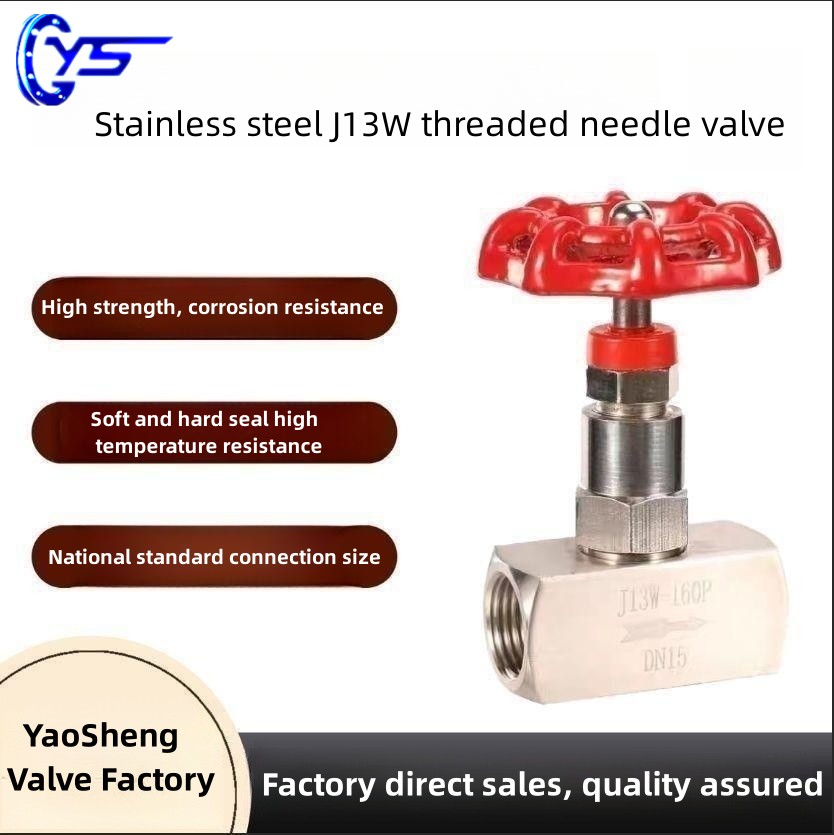Understanding the Operation and Mechanism of a Floating Ball Valve in Fluid Control Systems
Understanding the Functionality of Floating Ball Valves
Floating ball valves are crucial components in various industrial applications for regulating and controlling the flow of fluids. Their design, characterized by a ball with a floating mechanism, provides a simple yet effective solution for managing the flow of liquids and gases. This article will delve into the working principles of floating ball valves, their advantages, and applications in different sectors.
Working Principle
The core component of a floating ball valve is a spherical ball with a bore through its center. The valve operates by rotating the ball within the valve body. When the valve is in the open position, the ball rotates to align the bore with the pipeline, allowing the fluid to flow freely. Conversely, when the valve is closed, the ball rotates 90 degrees, effectively blocking the flow by presenting a solid surface to the incoming fluid.
Floating ball valves utilize a unique mechanism for sealing. Unlike trunnion-mounted ball valves, where the ball is fixed in place and supported by trunnions, floating ball valves rely on the pressure of the fluid to push the ball against the downstream seat. This feature ensures a tight seal when the valve is closed, preventing leakage. The simplicity of the floating mechanism makes it an efficient choice for most low-pressure applications.
Advantages
1. Simplicity and Reliability Floating ball valves have fewer moving parts compared to other valve types, which enhances their reliability. This simplicity translates to lower maintenance requirements and less likelihood of failure.
2. Excellent Sealing Capabilities The design of the floating ball valve ensures tight sealing, which minimizes the risk of leaks. This characteristic is particularly crucial in applications involving hazardous or corrosive fluids.
floating ball valve working

3. Versatility These valves can handle a wide range of media, including water, gases, and oil, making them suitable for multiple industries. Their adaptability enables use in various conditions and requirements.
4. Ease of Operation Floating ball valves are easy to operate, often requiring just a quarter turn to open or close the valve. This feature allows for quick and efficient control over the flow of fluids.
Applications
Floating ball valves find applications across numerous industries, including oil and gas, water treatment, chemical processing, and HVAC systems. In the oil and gas sector, they are employed for isolating sections of pipelines, managing the flow of crude oil and natural gas. Their reliable sealing and straightforward operation are essential for maintaining safety and efficiency in these critical operations.
In water treatment facilities, floating ball valves are used in filtration systems, where they help control the flow of water through various treatment stages. The adaptability of these valves makes them a preferred choice for controlling the flow in diverse water distribution systems.
Chemical processing industries also benefit from the use of floating ball valves. They handle corrosive and toxic substances, where tight sealing and durability are paramount. The ability to easily replace ball seats and other internal components makes maintenance straightforward and cost-effective.
Conclusion
Floating ball valves are essential elements in fluid control systems, offering a balance of simplicity, reliability, and efficiency. Their unique design allows for excellent sealing and adaptability across various industries. As technology evolves, the demand for effective and sustainable fluid control solutions will continue to grow, solidifying the place of floating ball valves in industrial applications worldwide. Their role in ensuring safe and efficient operations cannot be overstated, marking them as a cornerstone of modern engineering and process management.
-
The Key to Fluid Control: Exploring the Advantages of Ball Valves in Industrial SystemsNewsJul.09,2025
-
The Versatile World of 1, 2, and 3 Piece Ball ValvesNewsJul.09,2025
-
Stainless Steel Ball Valves: The Ideal Choice for Efficient Flow ControlNewsJul.09,2025
-
Optimizing Fluid Control with Ball Float ValvesNewsJul.09,2025
-
Manual Gate Valves: Essential for Control and EfficiencyNewsJul.09,2025
-
Everything You Need to Know About Butterfly ValvesNewsJul.09,2025
-
The Versatility of Wafer Type Butterfly ValvesNewsJul.08,2025




